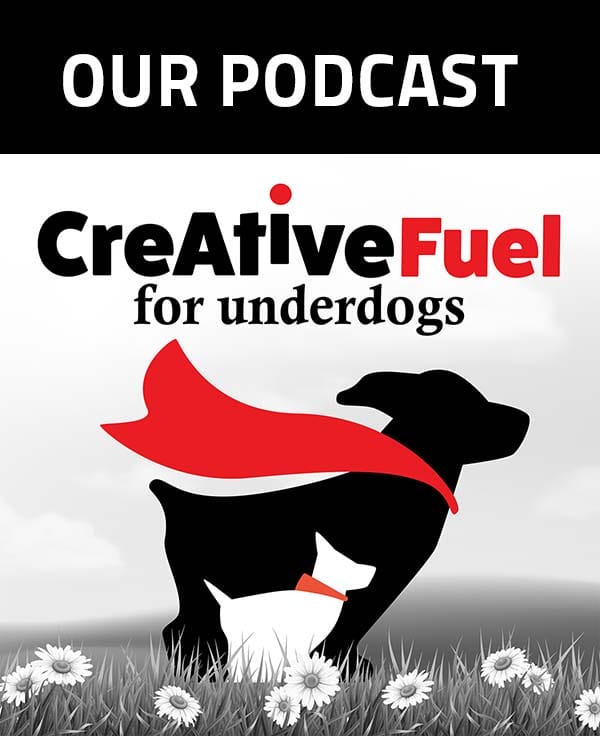You may come across posts that say “Promoted Stories” or “Recommended for You” while browsing social media platforms. This is native advertising, which blends into the content on the platform in which it is placed and delivers messaging in a more organic way. These ads look like they actually belong in the interface and therefore don’t interrupt the user experience.
Native ads can appear as “in-feed” ads, content recommendations, or search and promoted listings. Although they blend into the web page, you can tell a native ad from a regular post from one of a few distinguishing features, such as the words “Sponsored,” “Recommended,” or “Suggested.”
Why Use Native Advertising?
Native advertising is used for a few key benefits:
- Native advertisements have 10x better performance than traditional mobile ads.
- They allow you to engage with your audience, as they get bored with seeing “normal” ads and stop paying attention to them after a while.
- They have a significant effect on purchase behavior.
- Native ads may get more likes and shares.
More and more marketing professionals are choosing native advertising over traditional mobile advertising, and with these key benefits, it’s easy to see why. But if you’re going to use native advertising, you’ll want to keep some rules in mind, including:
- Make sure it is cohesive with your branding. Share information about your brand without making users feel like they’ve left the site to visit an ad.
- Inform the user that they’re viewing paid advertising.
- Use storytelling. Create engagement with your content by telling a story.
- Use high-quality video content as it increases retention and engagement.
If you follow these rules, native advertising can have several benefits. It’s clear that this increasingly popular form of advertising is here to stay. If you’re interested in testing native advertising for your own campaign, contact the ADVAN team today!
Featured client/products:
Glass Floors | Semi Truck Ramp | Glass Blocks| IT Companies Near Me | SEO Services Near Me | Steel Yard Ramp | Ramp for Loading Dock | Glass Flooring | Loading Dock Ramps | Portable Yard Ramp | Painters Near Me | Interior Painters Near Me





